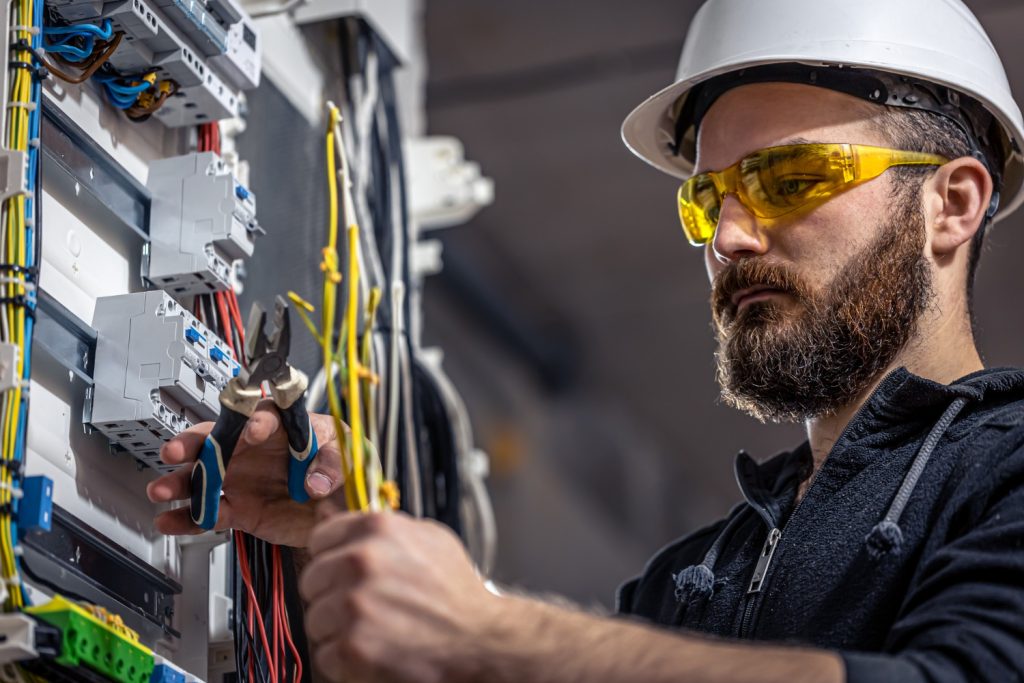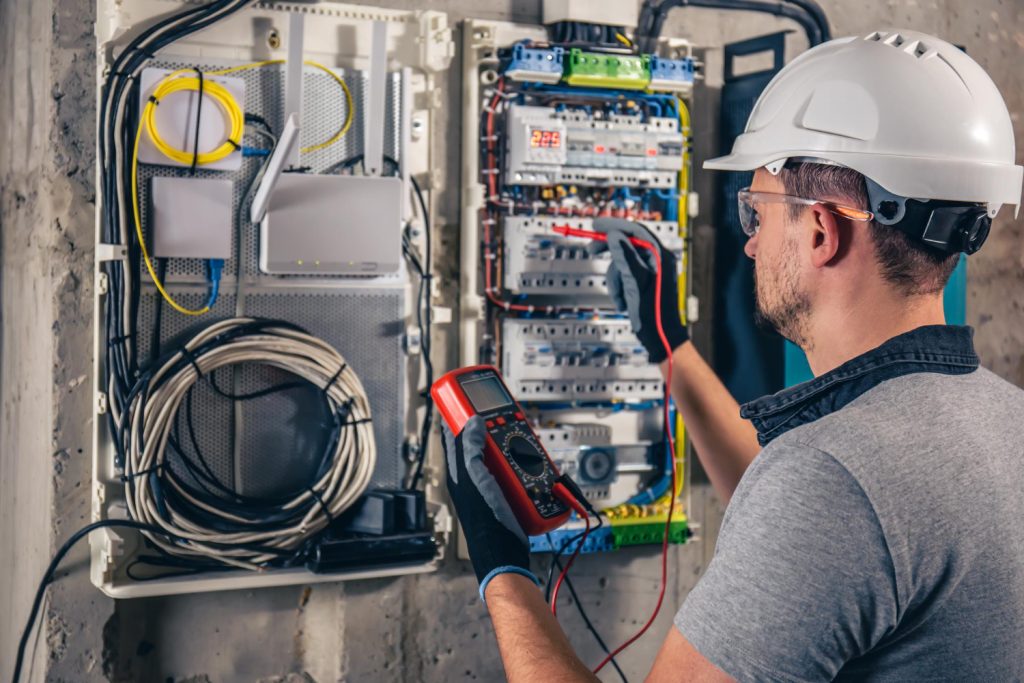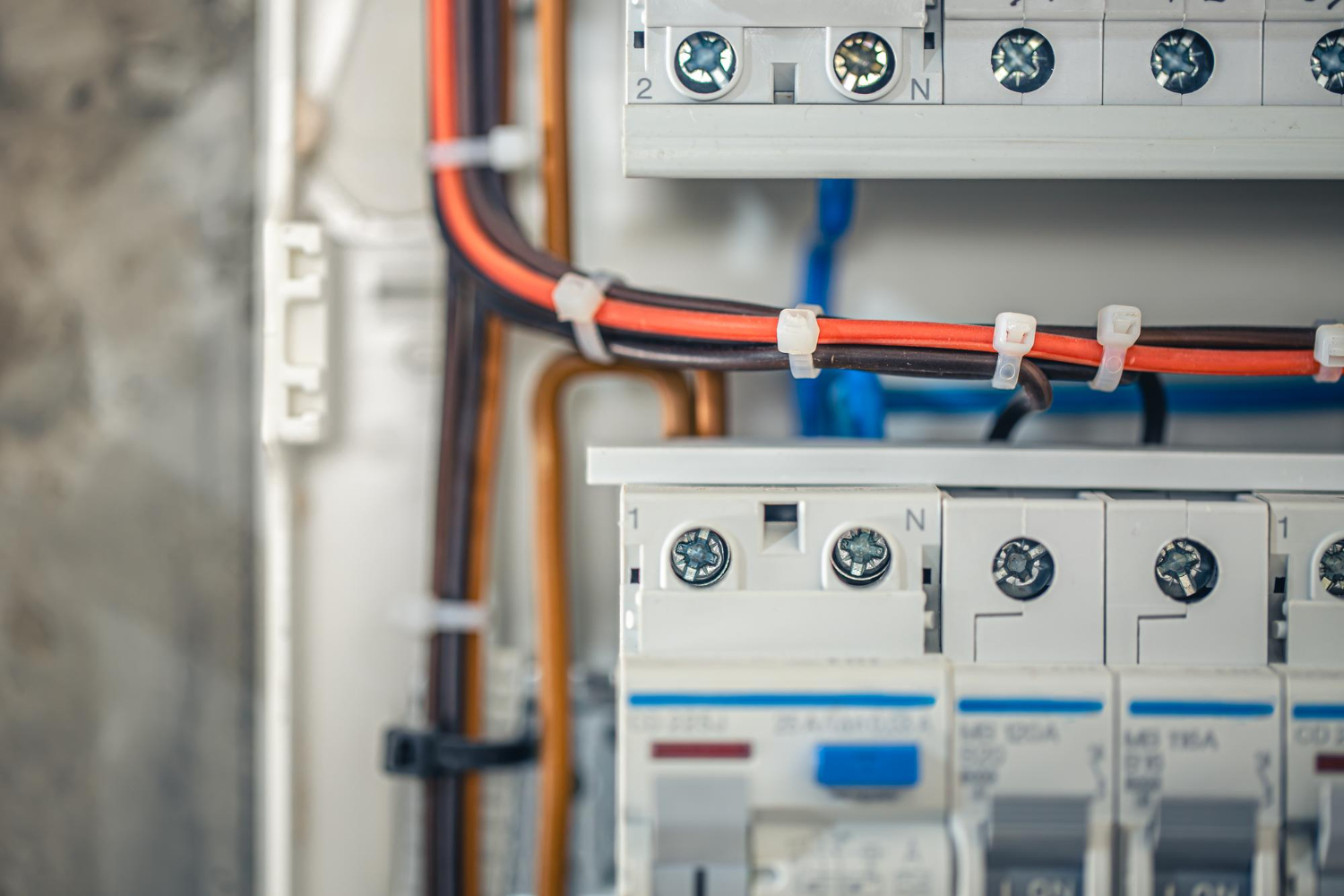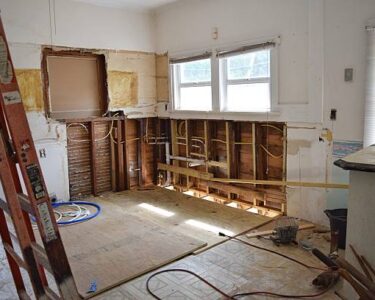Electrification has revolutionized the way we live and has brought countless conveniences and comfort to our homes. From powering our appliances to lighting our rooms, electricity is an essential component of modern life. However, with the ever-increasing demand for energy, it’s crucial to look at ways to make the electricity we use in our homes sustainable and environmentally friendly. This article will explore the current state of residential electricity and the innovations that are shaping its future.

Current State of Residential Electricity
The majority of residential electricity is generated from fossil fuels such as coal, oil, and natural gas. While these sources are abundant and relatively cheap, they also come with significant environmental consequences, including air and water pollution and greenhouse gas emissions. In an effort to reduce their carbon footprint, many homeowners are turning to renewable energy sources like solar, wind, and hydropower. However, despite the growth in renewable energy, fossil fuels still dominate the energy mix for residential electricity.
Innovations in Residential Electricity
The future of residential electricity is bright, with numerous innovations and advancements being made in the field. One such innovation is the rise of smart homes, which use technology to optimize energy use and reduce waste. Smart homes can be controlled remotely using a smartphone or tablet, allowing homeowners to monitor and manage their energy usage from anywhere in the world.
Another innovation is the development of microgrids, which are small, localized power grids that can operate independently of the main grid. Microgrids offer a range of benefits, including increased energy security and reliability, and can be powered by a variety of sources, including renewables.
Battery storage technology is also making it possible for homeowners to store excess energy generated from their solar panels, allowing them to use it when the sun isn’t shining. This technology is particularly useful for households that use a significant amount of electricity at night or during periods of high demand.

Conclusion
The future of residential electricity is exciting, with numerous innovations and advancements being made to make it more sustainable and environmentally friendly. From smart homes to microgrids and battery storage technology, there are many exciting developments on the horizon. As the demand for energy continues to grow, it’s crucial that we explore these innovations and find ways to make residential electricity greener and more sustainable. By working together, we can ensure a brighter, cleaner, and more efficient future for all.




